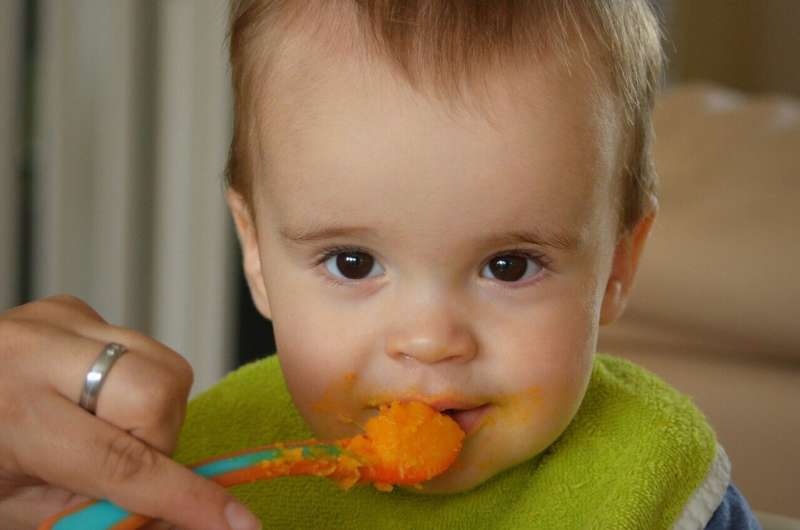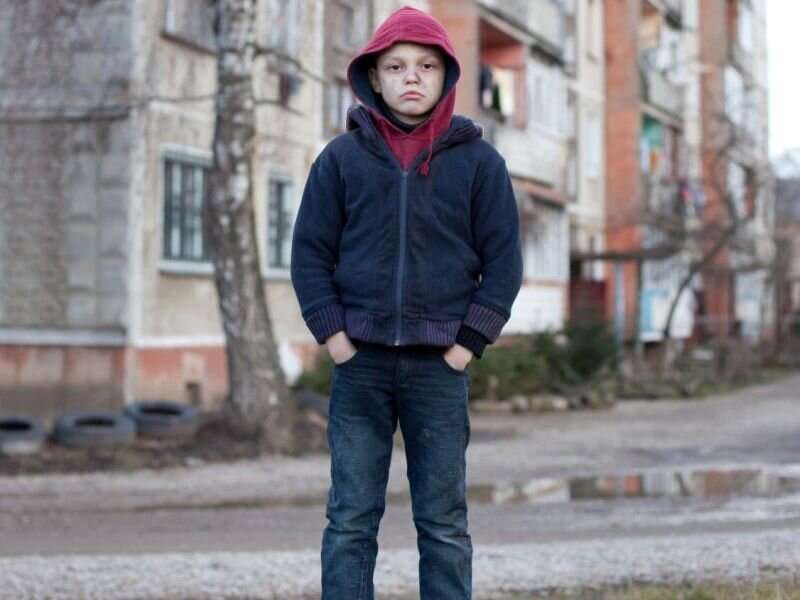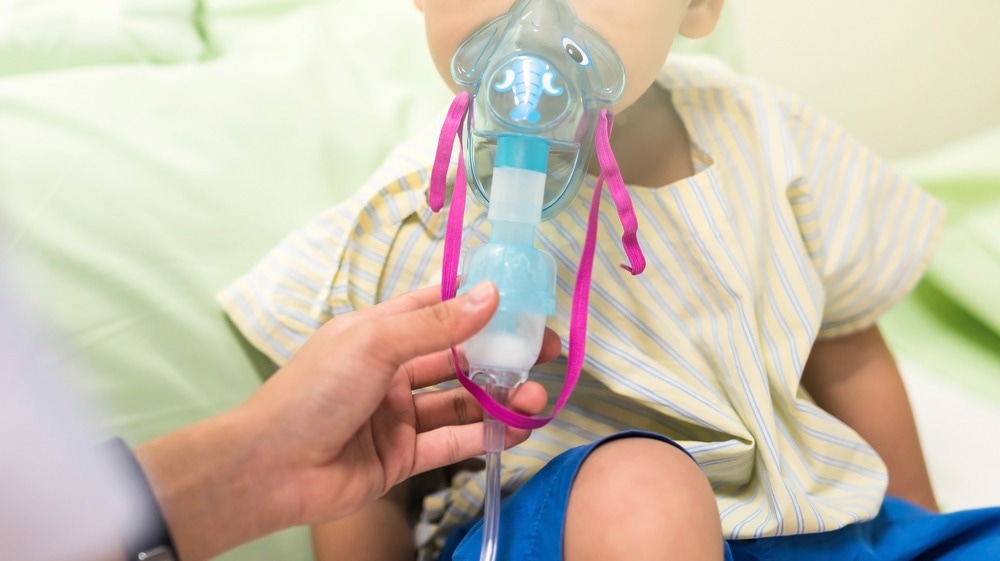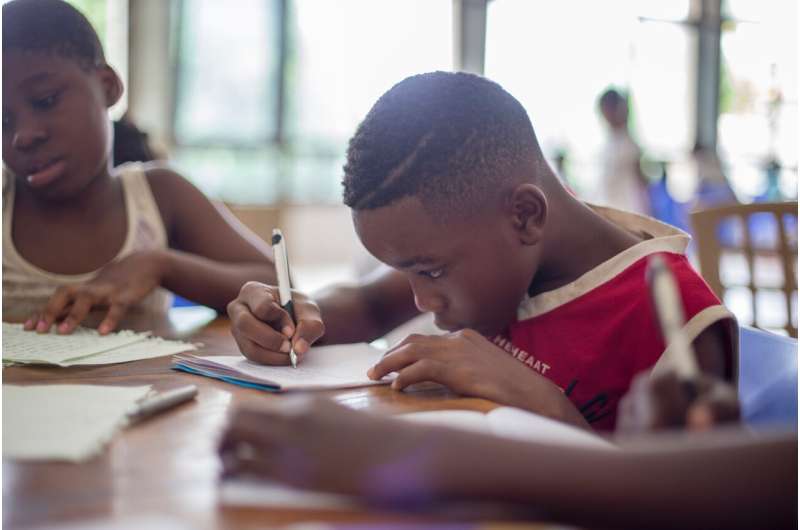Infant head-shaping pillows are useless and dangerous to baby, FDA warns

Infant head-shaping pillows are not approved by the U.S. Food and Drug Administration and should not be used, the agency warned Thursday.
The pillows can create an unsafe sleep environment for infants, potentially contributing to the risk of suffocation and death.
Marketed as changing an infant’s head shape or symmetry or claiming to treat other medical conditions, they have no demonstrated benefit, the agency said in a news release.
“If you own an infant head-shaping pillow, throw it away; do not donate or give it to anyone else,” the alert said. “Be aware that infant head shaping pillows are not safe or effective for preventing or treating flat head syndrome or other medical conditions.”
In most cases, flat head syndrome will go away on its own as an infant grows up, the FDA said. It is not painful and it does not cause any developmental concerns. Using a head-shaping pillow may delay necessary medical evaluations and mask something more serious, such as craniosynostosis, where a developing infant’s skull bones join together too early.
The U.S. National Institutes of Health and the American Academy of Pediatrics both recommend infants sleep on their backs in a bare crib on a flat—not inclined—surface without pillows, toys, soft objects or loose bedding.
These recommendations are intended to help reduce the risk of Sudden Unexpected Infant Death (SUID), a category that includes Sudden Infant Death Syndrome (SIDS).
Health care providers should discourage the use of infant head-shaping pillows and educate their patients about the risks, the FDA added.
Infant head-shaping pillows are typically small, with an indent or hole in the center designed to cradle the back of an infant’s head while the infant lays face up.
Some do not have the indent and are rectangular-shaped.
The FDA has cleared caps, helmets or head bands to improve head symmetry or shape in infants and toddlers from 3 months to 18 months of age.
Some devices are also intended for infants from 3 to 18 months of age whose head shape has been surgically corrected, but who still have a moderate-to-severe flat head, the FDA said.
The agency said it has communicated its concerns about promotional materials to companies that make these pillows and will continue to monitor claims for these products.
International Conference on Pediatrics, Perinatology and Child Health
12th Edition of PPCH | 12-14 December 2022 | Dubai, United Arab Emirates (Hybrid) Visit: pediatrics.pencis.com #PediatricsConferences #Perinatology #childHealth









